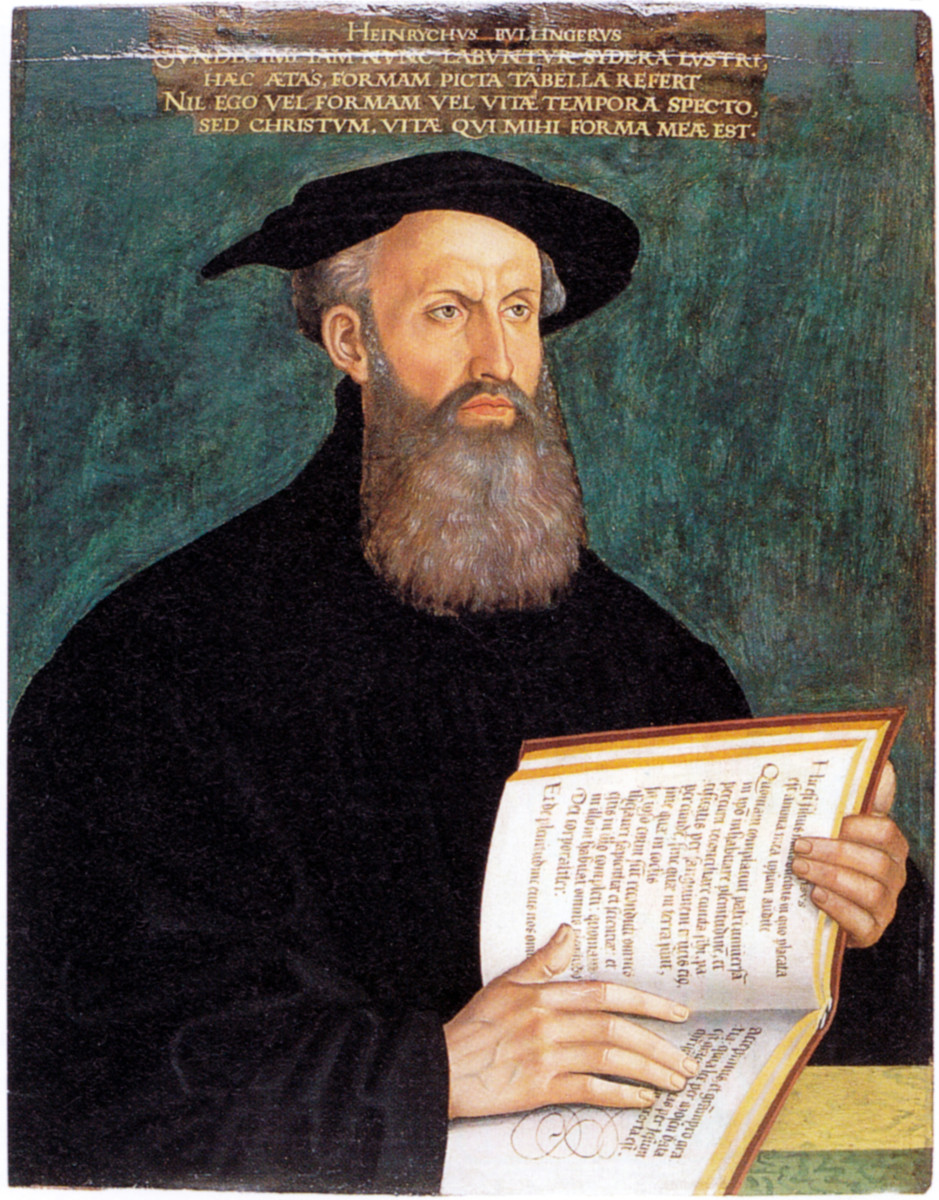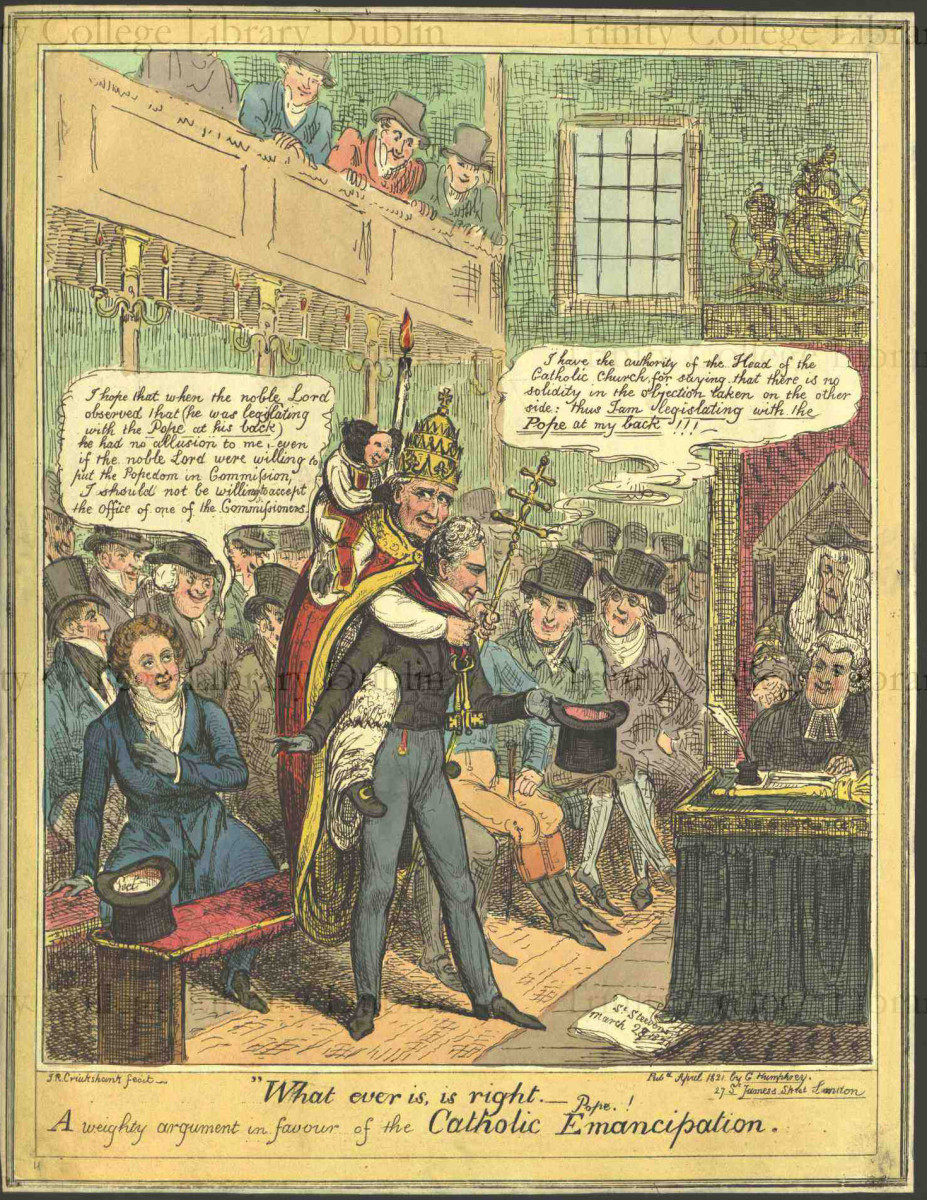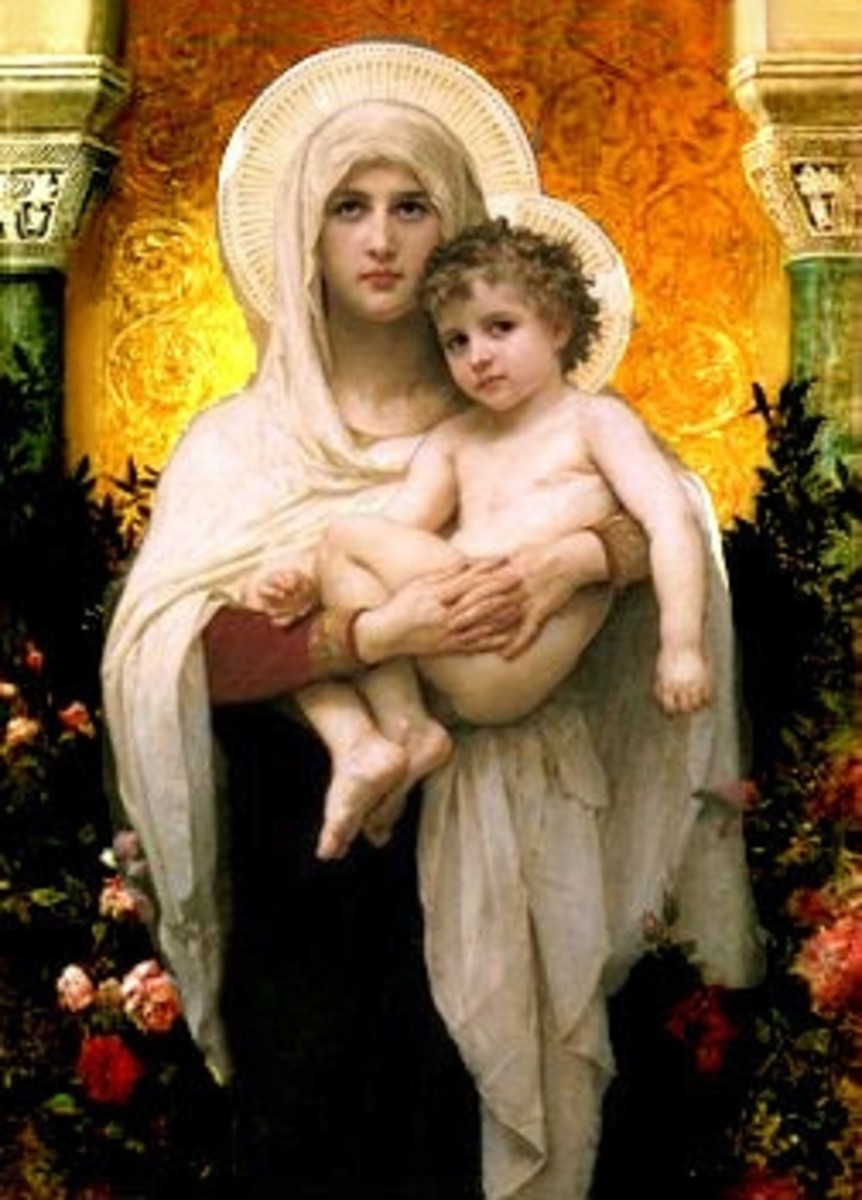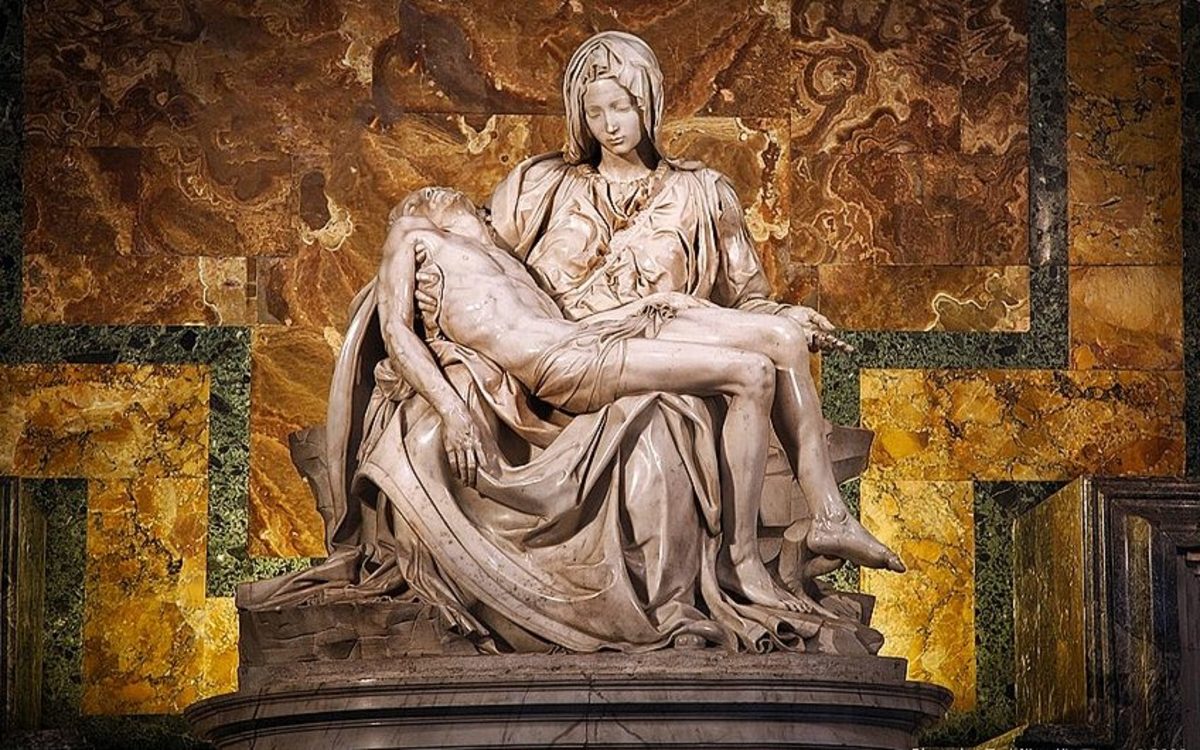Why did some Americans fear Catholicism? A Historical Analysis
Why did some Americans fear Catholicism?
Anti-Catholic sentiment and the Rise of The Know-Nothing Party in the 1840s – An imaginary Q & A session between an American high school history teacher and an exchange student from Singapore, Yong Lee, after a history class. By Michael M. Nakade
(This work was created based on information obtained from The Teaching Company’s Lecture Series on “American Religious History” lecture 9, “Catholicism.”)
Yong: Mr. History, I’m confused. There were all kinds of strange political parties in America in the 19th century. I thought there had been only two throughout the history of the USA.
Mr. History: We have had lots of different third parties. The ones you are confused must be the Whig, The Anti-Masonic, and the Know-Nothing Party. Those do not exist today. Most Americans probably don’t know them too well, either. SO, don’t feel too bad that you’re confused.
Yong: Okay. At the beginning, you taught us the rivalry between Jefferson and Hamilton, and how it became the basis of the Two Party political system in America. Then, there was Jackson, and he had oppositions. In America, there seemed to be only two parties, most of the time. Am I wrong in saying that?
Mr. History: No, you’re not wrong at all. For the most part, yes, America’s party politics has been the two-party system. Today, we have the Democratic Party and the Republican Party. But, there have been many different third parties in American history. Although the third party has not won the White House, they can have an impact on the outcome of the presidential election. So, they can be very important.
Yong: I see. I’m just a little confused by the strange names of these parties from the 19th century. I really don’t understand why some people named their political party, “The Know-Nothing.” That’s like saying that their party is made up of a bunch of idiots. If they admit that they know nothing, why would I vote for them?
Mr. History: I hear you. The Know-Nothing Party actually had a real name, and it later became the American Party, the national organization. It was a group of people who didn’t want the Catholics, Jews, and the foreigners coming to America. Do you know the word “xenophobia?”
Yong: No. What is that?
Mr. History: Xenophobia points to having a fear of foreigners. Some Americans in the 1840s were really scared that their America might be taken over by the Catholics, Jews, and strange people from strange land. Those guys set up their own political party to stop the flow of immigrants to America. They wanted to do the anti foreigner campaign in a secretive way. SO, the leader told the party members to say, “I know nothing,” when they were questioned by others of their activities. That’s why the nickname, “The Know-Nothing,” stuck.
Yong: I see. Were they bad people? It sounds like they were secretive for a reason. Were they ashamed of what they were doing?
Mr. History: That’s hard to say, but there were some violence against the Catholics in big cities like Boston and Philadelphia. In 1844, fourteen people were murdered in an anti Catholic riot in Philadelphia. The Know-Nothing Party’s main goal was to exclude Catholics from the United States. With some violence on their record, they probably felt it was better to be secretive.
Yong: Mr. History, I’m from Singapore. I have no idea why anyone in America would be against the Catholics. Isn’t everyone in America a Christian? The Catholics believe in the same God as the Protestants, right? I don’t see any point in trying to exclude the Catholics from America. Were the Catholics bad in the 19th century?
Mr. History: I guess you are not aware of the history of American religions. This country was originally founded by the Protestants in the early 17th century. Back then, the Protestants and the Catholics treated each other as a completely different religion. Did you study the Reformation in European History class?
Yong: Yes. I learned about Martin Luther and how he protested the corruption of the Roman Catholic Church. But, in my mind, they were all Christians because they believed in Jesus Christ.
Mr. History: They may believe in Jesus Christ, but they have different ideas regarding religious customs, traditions, worship, and even the Bible. Today, Americans don’t make a big deal out of the Catholics doing their things, but back in those days, the Catholics were not all that welcome.
Yong: That’s really interesting. Where I come from, we hardly have any Christians. We are all Buddhists, Muslims, and Hindus. We don’t make the distinction between the Catholics and the Protestants because they all believe in their Christian God. It is hard for me to imagine that they don’t get along.
Mr. History: Okay. Now, I feel the need to explain to you the background. You see, the Catholics were few in numbers in the 1830s. Protestant Americans didn’t have to pay much attention to the Catholics. But, in the 1840s, things changed. The potato crop failed in Ireland, and many Irish people starved to death. So, the ones who survived came to America for a fresh new start. The sheer number of the Irish immigrants frightened many Protestant Americans. There were hundreds of thousands of Irish immigrants in cities like Boston, New York, and Philadelphia. All of a sudden, the Protestants in those cities thought that their cherished ways of religious lives were challenged. The Irish people were all Catholics. Let’s see. Yong, I want you to imagine that one million poor Vietnamese immigrants came to Singapore all at once. How do you feel?
Yong: I probably would be scared if one million foreigners move to my country. They may bring customs and habits that are unfamiliar to us in Singapore. So, yes, I can see your point. But, it’s the Irish immigrants that scared the Americans. Did the Irish people insist on changing America’s Protestant religion to Catholicism?
Mr. History: No, they didn’t insist, but they continued their Irish Catholic ways in America. And, there were thousands of them. Like I told you, back then, the Protests thought of the Catholics as a people of different religion. I know it’s hard for you to comprehend.
Yong: Yeah, it’s very difficult. What are the differences?
Mr. History: There are lots of differences. In fact, there are too many to mention. So, I must give a few examples. First of all, Catholicism has one central authority in Rome, Italy. The head of the Church is the Pope. For Protestants back in those days, Catholics represented a threat to American democracy and freedom. Protestants were not sure if the Catholics had more feelings for Vatican than for America. So, there was the issue of allegiance.
Yong: That’s interesting. What else are there?
Mr. History: The next biggest thing is the role of the scripture. In the Catholic tradition, believers are not really encouraged to read the Bible. But, they are encouraged to go to their priests and receive the correct guidance and interpretation. In the Protestant teaching, it is the doctrine of “the scripture only.” The Protestant Christians are encouraged to read the Bible and learn the will of God on their own. Of course, they have their pastors. But, pastors are married people who are not that different from the church members.
Yong: Oh, I heard about the priests and nuns in Catholicism. They stay celibate.
Mr. History: That’s right. Back in those days in America, many Protestants felt that the Catholic priesthood was the wrong thing to do. The Protestant teaching emphasized the priesthood of all believers. It means that every Protestant Christian could communicate directly with God by reading the Scripture. Plus, the Catholic priests listen to confessions and offer forgiveness to those Catholic members who confessed their sins. The Protestant pastors do not do these kinds of things. It was strange to them.
Yong: But, wait, Mr. History. I thought that Americans all celebrated the freedom of religion. Weren’t Americans taught to be tolerant of each other’s religion because it’s a free country?
Mr. History: I’m impressed that you know about the freedom of religion in America. But in reality, it actually means that the Congress of the United States would not make laws to restrict the religious activities in America. It is known as the First Amendment. It never was intended that anyone could start any new religions and that people could do some bizarre things. Americans would not tolerate extremely bizarre behaviors on the ground of the freedom of religion concept. In other words, the freedom of religion is not a license for everyone to do whatever they want to do. In the case of the Catholics coming to America, the Protestant Americans felt threatened by the sudden presence of Irish Catholics who brought with them different religious practices. I really think that the sudden rise in number of Irish immigrants was the cause. If the number was small, the Protestant Americans probably didn’t react so negatively.
Yong: So, what happened to the Know-Nothing Party in America?
Mr. History: They were able to elect some key mayor positions in the cities that did not welcome Irish immigrants. But, the issue of stopping Catholic immigrants began to dissipate when the issue of slavery became more dominant in the 1850s. Pretty soon, many of those “Know-Nothing” men joined the Republican Party in the North and helped Abraham Lincoln get elected in 1860. After that, the “Know-Nothing” Party pretty much disappeared.
Yong: What about the Irish Catholics? How did they do?
Mr. History: Interesting that you asked. They weren’t welcome at first. But, they were willing to take jobs that nobody wanted to perform such as the construction of the Transcontinental Railroads. They endured prejudices from others and survived. Many of them stuck to their religion and helped Catholicism take a firm root in America. By 1960, the Catholic politician was elected to be the U.S. president. Do you know who that was?
Yong: No, I don’t. Who?
Mr. History: Have you heard of John F. Kennedy?
Yong: Oh, yes. He was assassinated. Very young and good-looking man.
Mr. History: I thought you might know Kennedy. Anyway, Catholicism is the religion of the Italians, the Poles, the Mexicans, some Southern Germans, and of course, the Irish. It is not the same as the religion of the English, the Scotts, the Scandinavians, the Dutch and some Northern Germans. Back in the 19th century, the differences between the Catholics and the Protestants did matter. Yong, when you study American history, you will learn a lot about the rights of people to practice religion as they please. Some Supreme Court cases are very interesting. And, you will also learn about the prejudices and the persecutions that some new religions had to endure. I know it’s hard to believe today, but the Catholics faced a lot of prejudices in the 19th century.
Yong: Thank you, Mr. History. It’s fun to learn about America’s past. It’s so different from my home country of Singapore.
Mr. History: You’re welcome. Keep asking me questions.







